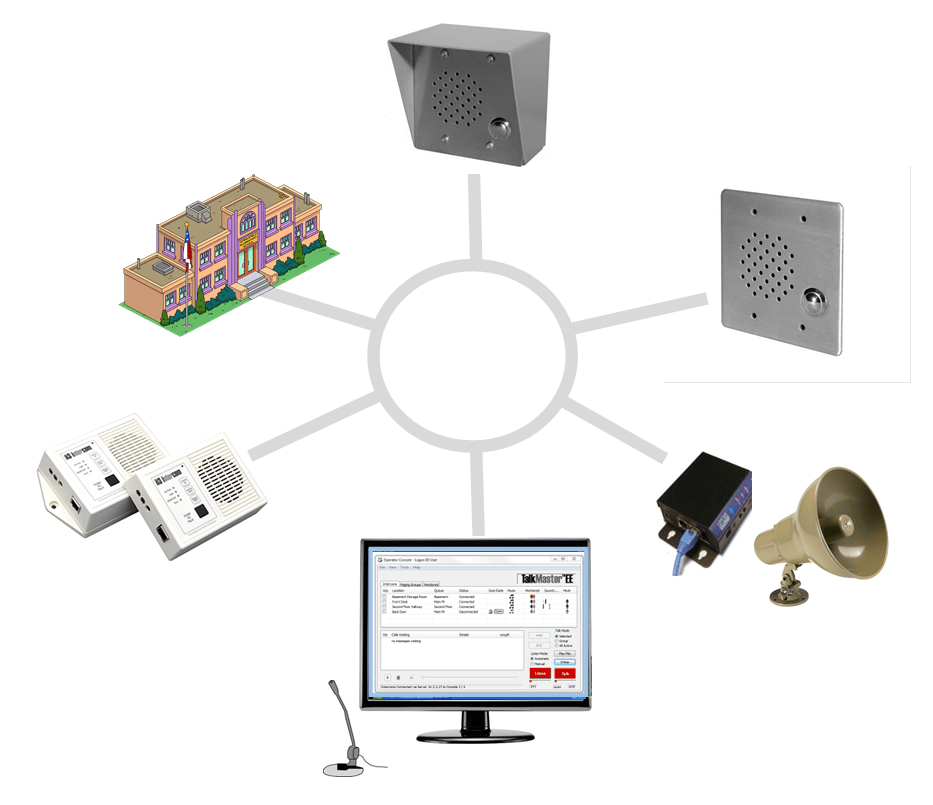
There is some confusion in the industry about how much camera resolution is required to detect an object, recognize the type of object, or identify exactly what or who it is. The criteria are different between thermal and optical cameras. Resolution for thermal cameras and optical IP cameras are measured differently.
For example, when defining the performance of a thermal camera we use the criteria of “detection”, “recognition” and “identification” (DRI). On the other hand, IP camera resolution performance is usually defined by the number of pixels in the sensor.
Read More...
